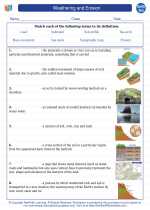Compounds
A compound is a substance composed of two or more elements that are chemically combined in a fixed ratio. The elements in a compound are held together by chemical bonds, such as ionic bonds or covalent bonds. Compounds have unique properties that are different from the properties of the individual elements that make them up. For example, table salt (sodium chloride) is a compound made up of sodium and chlorine. It has different properties from both sodium and chlorine individually.
Properties of Compounds
Compounds have several important properties:
- Fixed Composition: Compounds have a fixed chemical composition, meaning they always contain the same elements in the same proportions by mass.
- Unique Properties: Compounds have properties that are different from the properties of the individual elements that make them up.
- Chemical Bonds: The elements in a compound are held together by chemical bonds, such as ionic or covalent bonds.
Formation of Compounds
Compounds can be formed through various chemical reactions, such as:
- Combination Reactions: Two or more elements react to form a single compound.
- Decomposition Reactions: A compound breaks down into two or more simpler substances.
- Exchange Reactions: The atoms or groups of atoms in compounds exchange places with each other.
Naming Compounds
Compounds are named using specific rules and conventions based on the types of elements and bonds present. For example, ionic compounds are named by combining the names of the positive and negative ions, while covalent compounds use prefixes to indicate the number of each element present.
Study Guide for Compounds
When studying compounds, it's important to understand the following key concepts:
- Definition of a compound and its properties.
- Types of chemical bonds that hold compounds together.
- The process of compound formation through chemical reactions.
- Naming conventions for different types of compounds.
Additionally, practicing with examples of compound formation and naming will help reinforce your understanding of the topic.
Understanding compounds is essential for understanding the behavior of matter and the interactions of different elements in various chemical reactions.
.◂Earth Science Worksheets and Study Guides High School. Weathering and Erosion
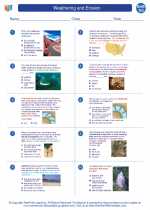
 Worksheet/Answer key
Worksheet/Answer key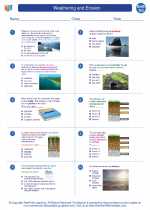
 Worksheet/Answer key
Worksheet/Answer key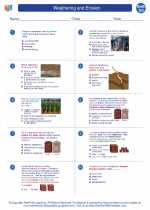
 Vocabulary/Answer key
Vocabulary/Answer key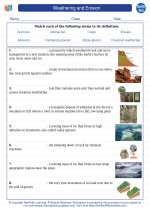
 Vocabulary/Answer key
Vocabulary/Answer key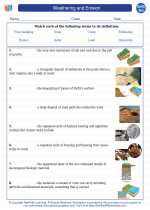
 Vocabulary/Answer key
Vocabulary/Answer key